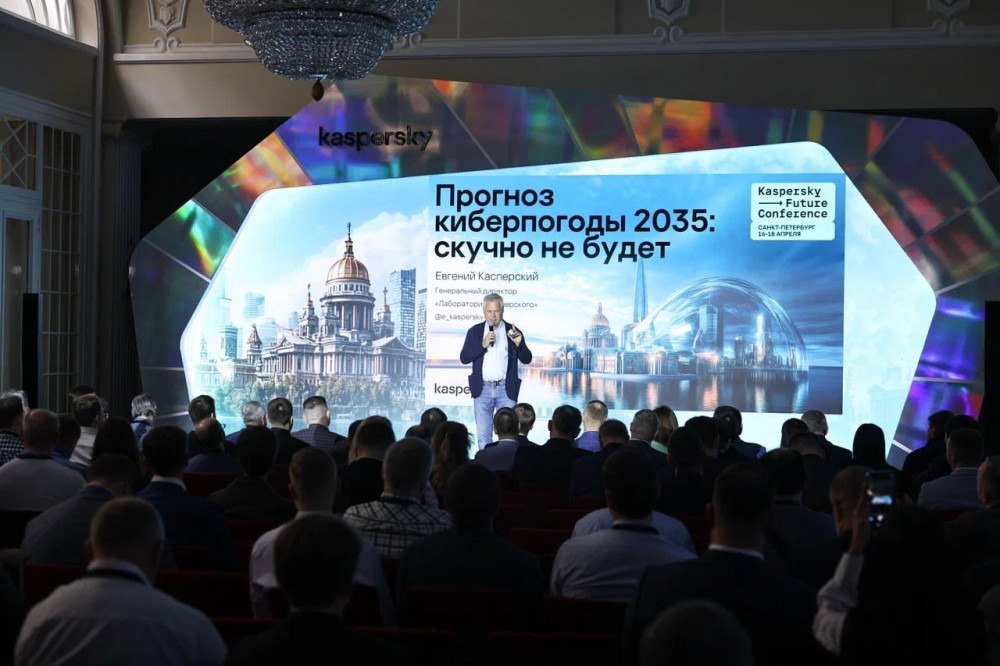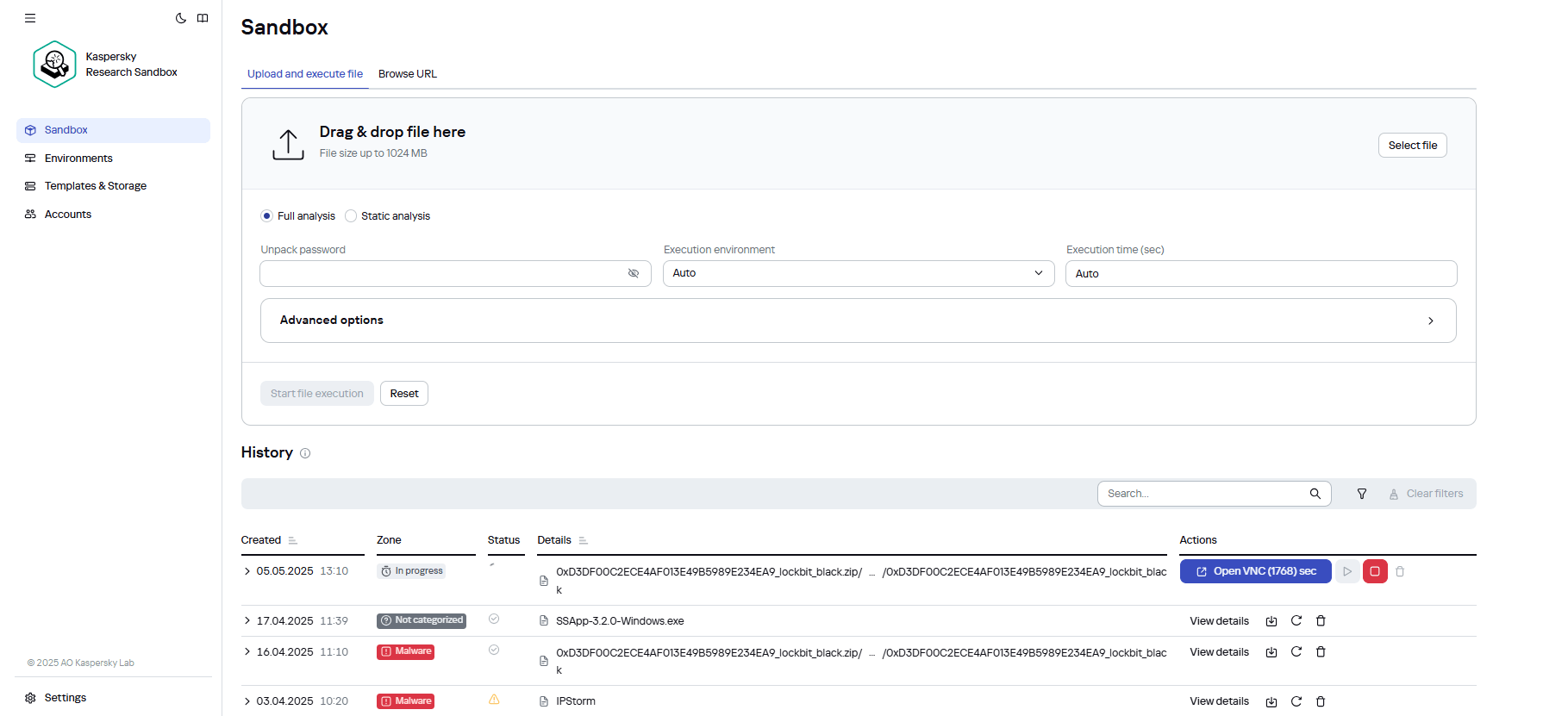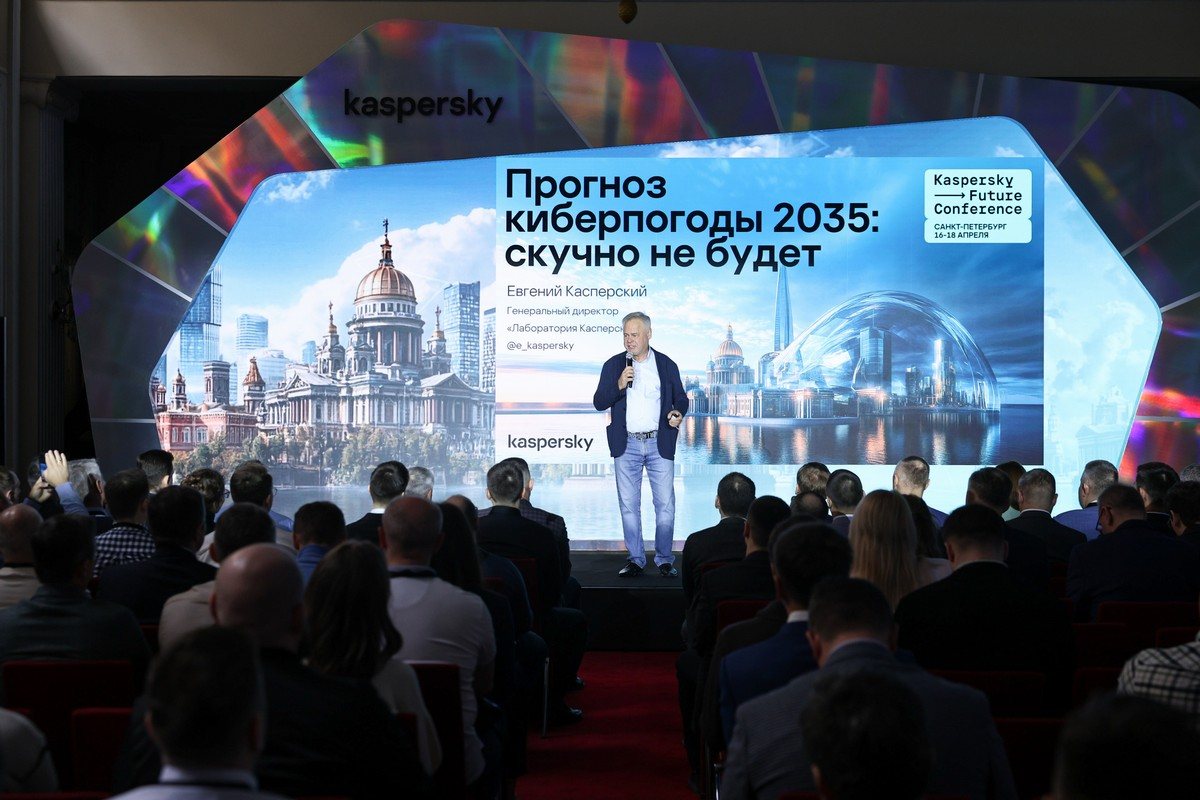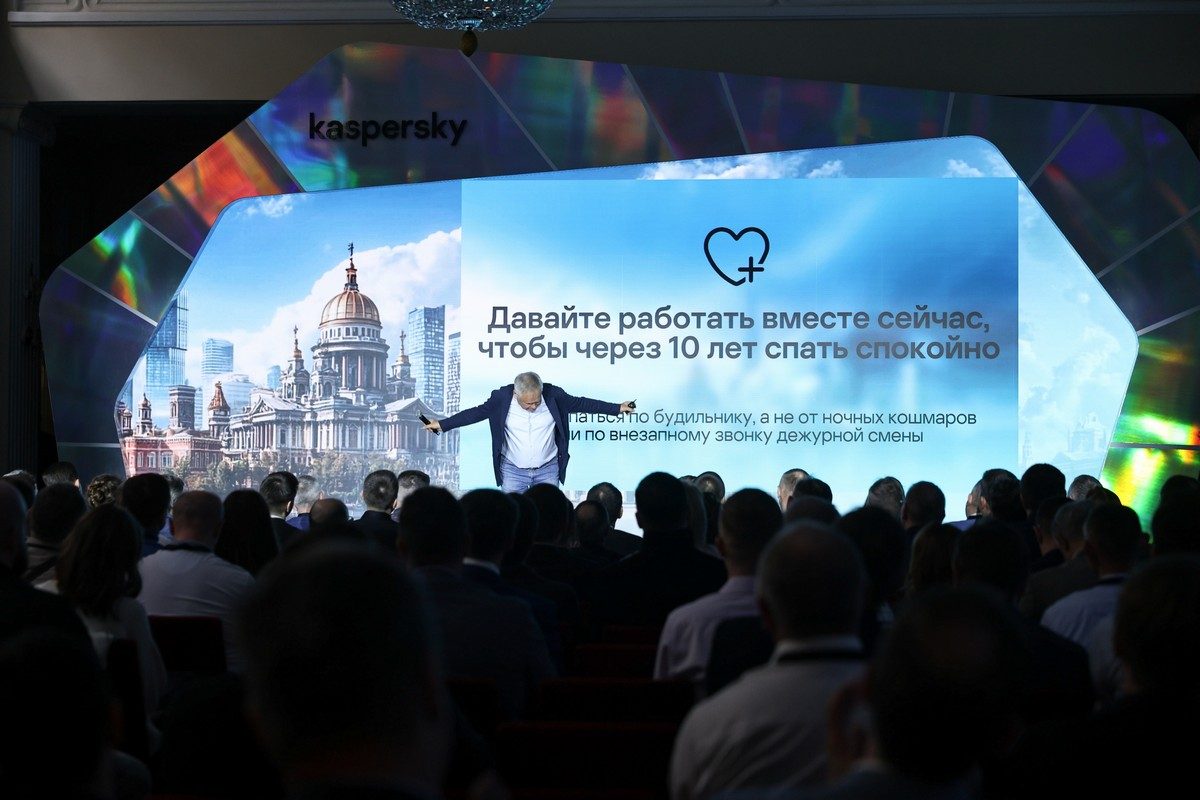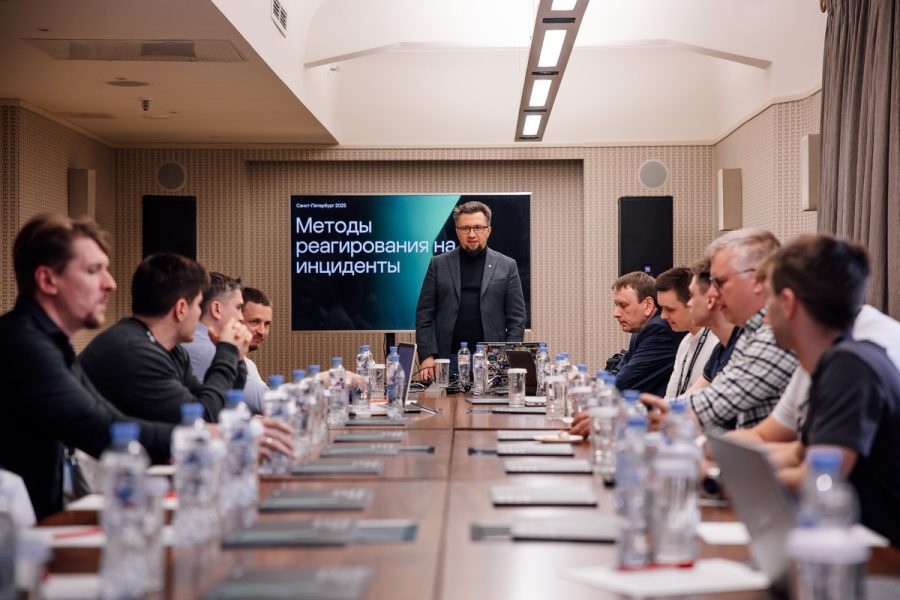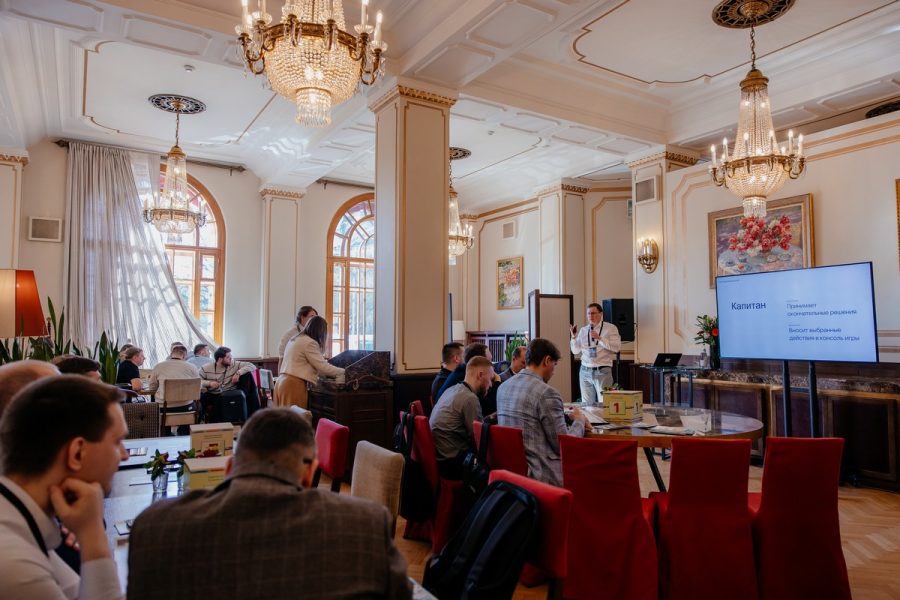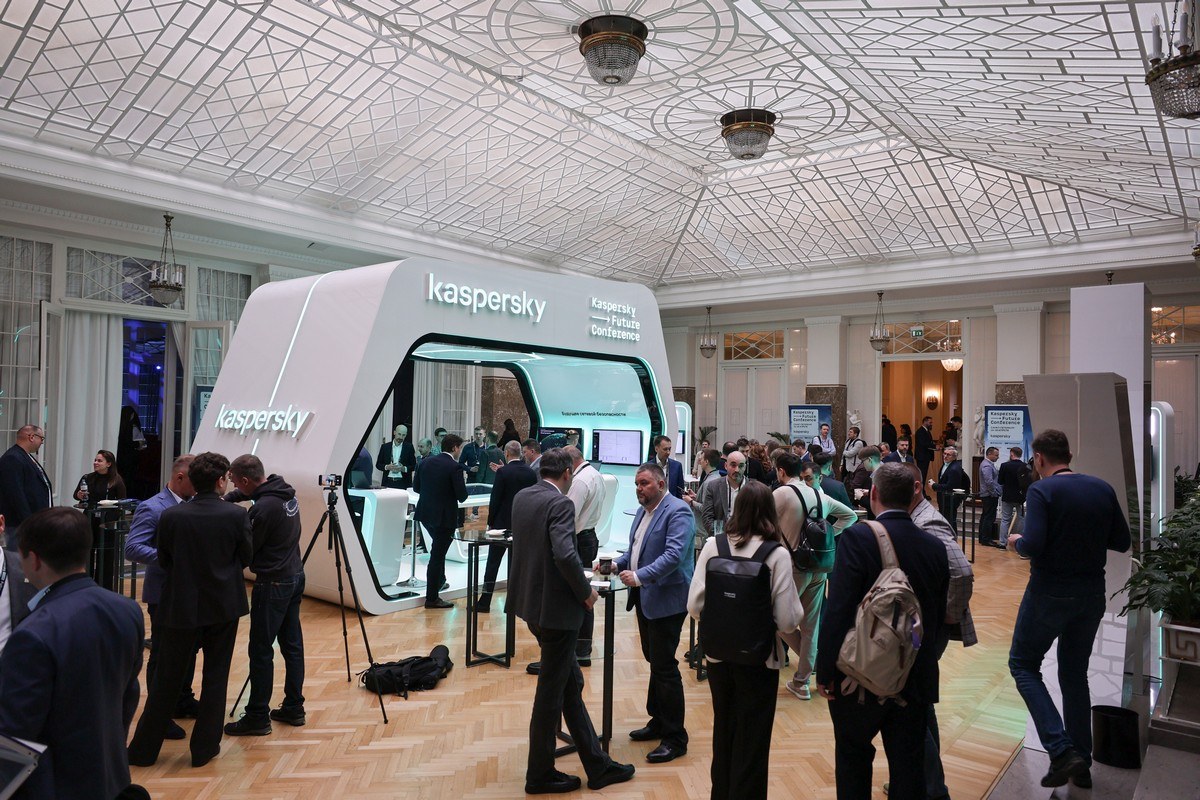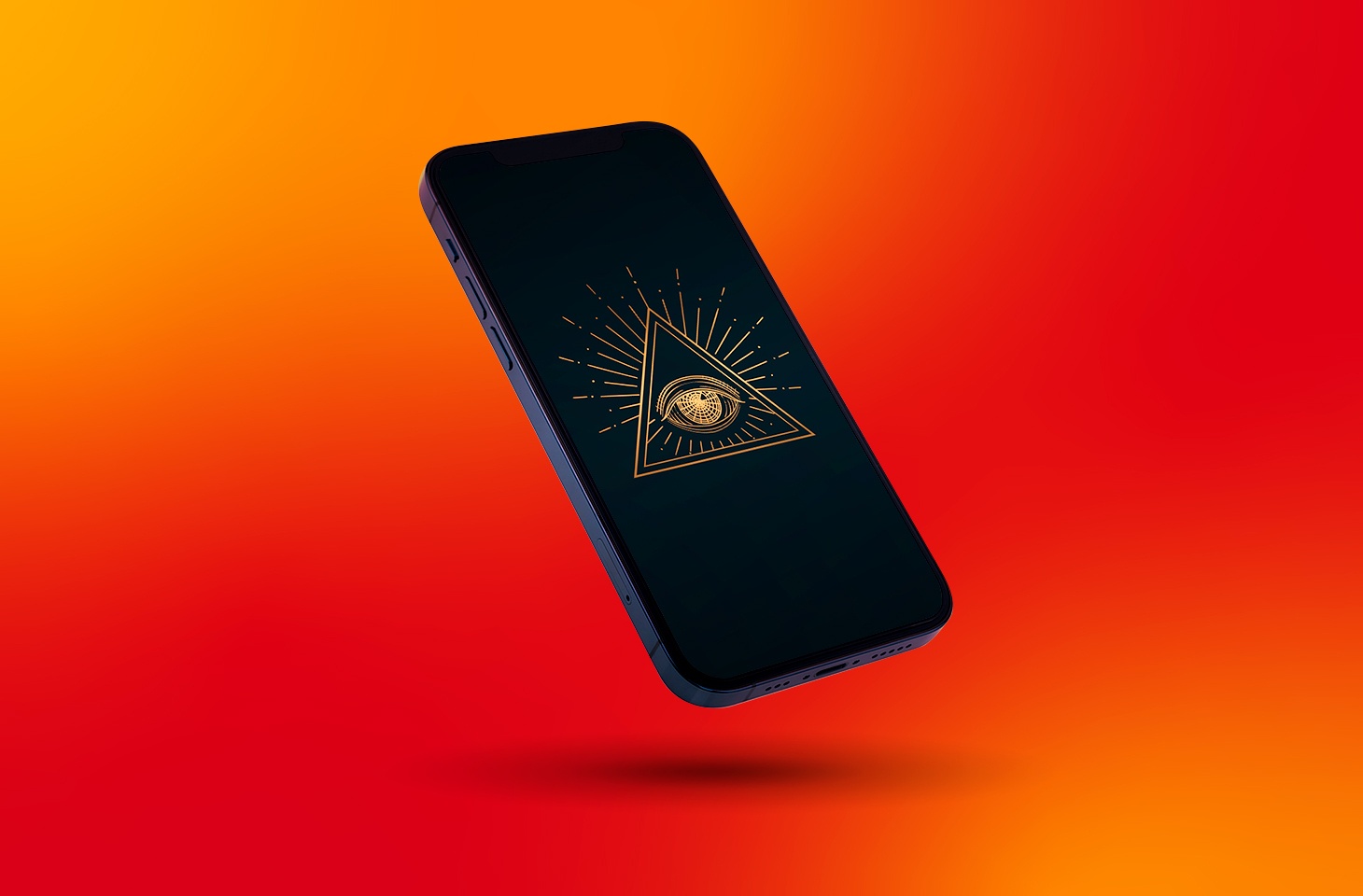June 10, 2025
Cybersecurity – past, present, and a little into the future: a reality check.
People often ask me what I talk about these days at the numerous conferences I speak at around the world.
Most of my talks aren’t deep technical dives or analyses of specific cyberattacks. For those, our experts give detailed presentations at specialized events, and publish articles in cybersecurity media. I usually provide a broad overview: discussing what’s happening in the world of cybersecurity, the pressing issues, and where everything’s headed. I almost always have a basis, or template, which I generally adapt for a particular audience or event…
For example, in this post let me share what I discussed at a recent conference of ours in St. Petersburg.
Since the conference was called “Cybersecurity of the Future”, I gave cybersecurity forecasts: what threats we’ll face, and how we’ll tackle them. But before that, as is customary for me, I first gave a brief historical overview of IT-villainy – “from Adam to… Telegram”.
Cybercrime: how did it all start?
So why do we need to dive into the archaeological past and the relics of various malware? Well, because if you don’t know the past, you can’t predict the future. So we look back to events of the past so we can analyze what’s happening here and now and why. Moreover, we’ve been known to be rather good at accurately predicting future cyber-scenarios (more on this below). So let’s roll back around 20-25 years, and remember how the computer mischief of the late 20th century turned into a whole industry of international crime – and a serious problem for humanity on a whole.
